
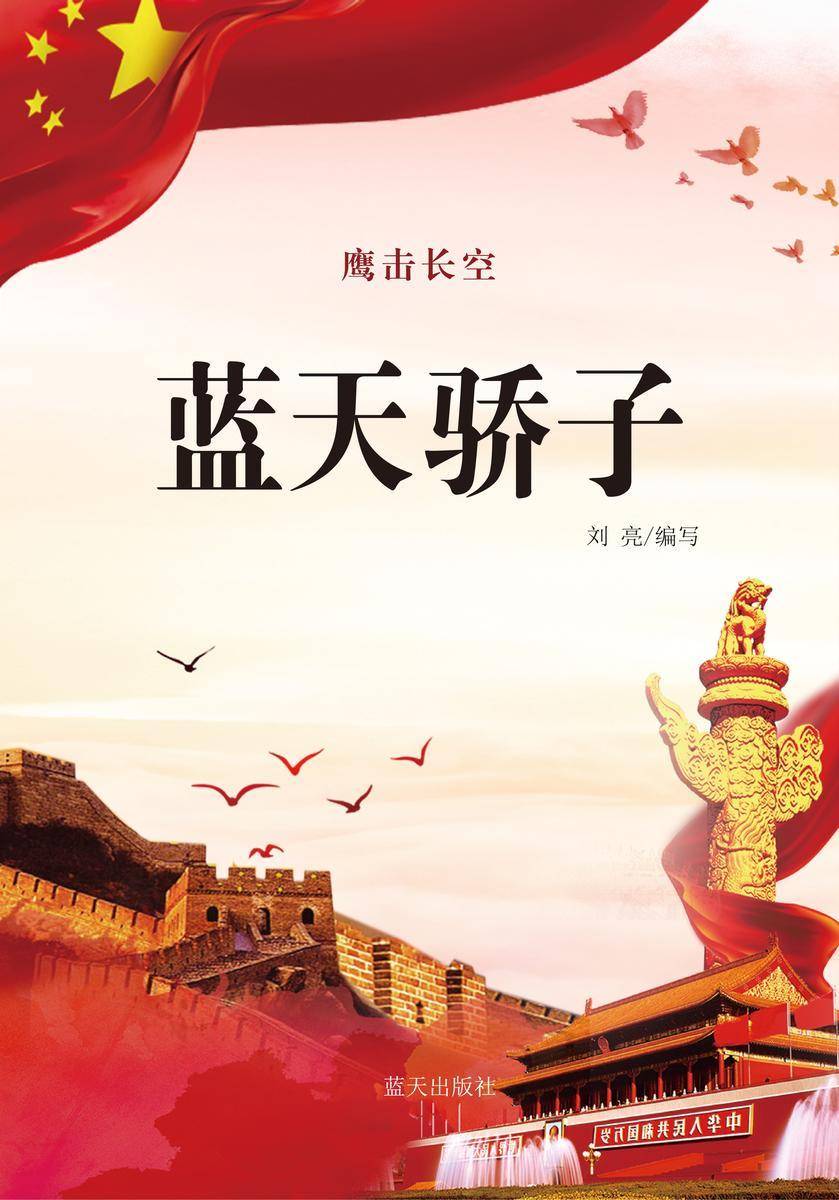
蓝天骄子
¥13.00
在抗美援朝战争中,中国人民解放军空军成立不久,经过短期积极审慎准备,组成志愿军空军,于1950年12月参加抗美援朝作战,至1953年7月朝鲜停战,完成抗美援朝作战任务。 《共和国的历程·鹰长空:志愿军空军在战斗中成长》主要讲述志愿军空军在战斗中成长的故事和发展过程。 《共和国的历程·鹰长空:志愿军空军在战斗中成长》虽为故事形式,但与戏说无关,借助通俗、富于感染力的文字记录这段历史,选取具有代表性的或深具普遍意义的若干事件加以叙述,使其能反映中国人民志愿军空军战斗的全景和脉络,并眼于历史事件的缘起、过程、结局、时间、地、人物等,抓住滴和些许小事,力求通透。

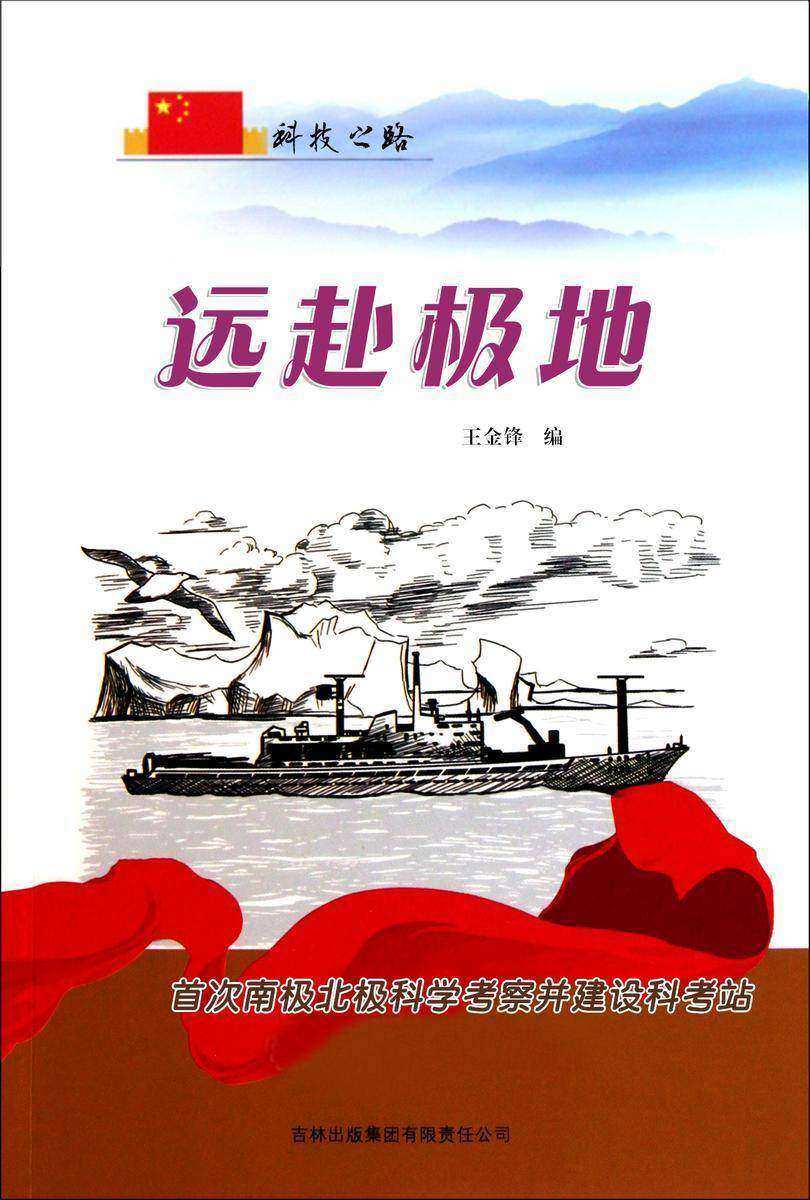
远赴极地 —— 首次南极北极科学考察并建设科考站
¥15.00
自1949年10月1日中华人民共和国成立至今,新中国已走过了60年的风雨历程。历史是一面镜子,我们可以从多视角、多侧面对其行解读。然而有一是可以肯定的,那就是,半个多世纪以来,在中国共产党的领导下,中国的政治、经济、军事、外交、文化、教育、科技、社会、民生等领域,都发生了深刻的变化,中国人民站起来了,中华民族已屹立于世界民族之林。60年是短暂的,但这60年带给中国的却是极不平凡的。60年的神州大地经历了沧桑巨变。

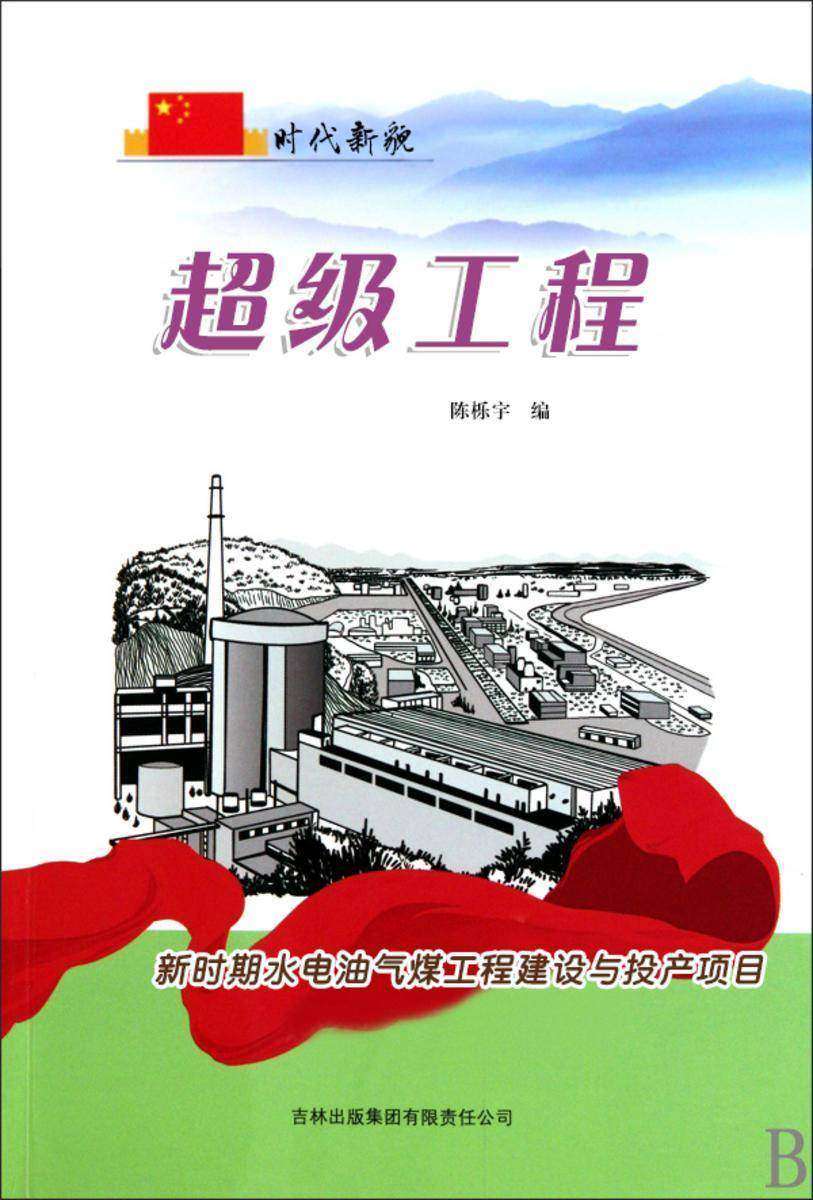
超级工程 —— 新时期水电油气煤工程建设与投产项目
¥15.00
1949年,经济重任、中国人民银行被赋予国家银行职能,大义之举、原国民党政府两航起义,建国之本、新中国全面没收官僚资本,民生大计、新中国经济战线的**大战役,冲破封锁、破美国指使台湾对大陆封锁禁运,蛟龙出海、解放军发起厦门战役,浴血海天、金门战役与登步岛之战。

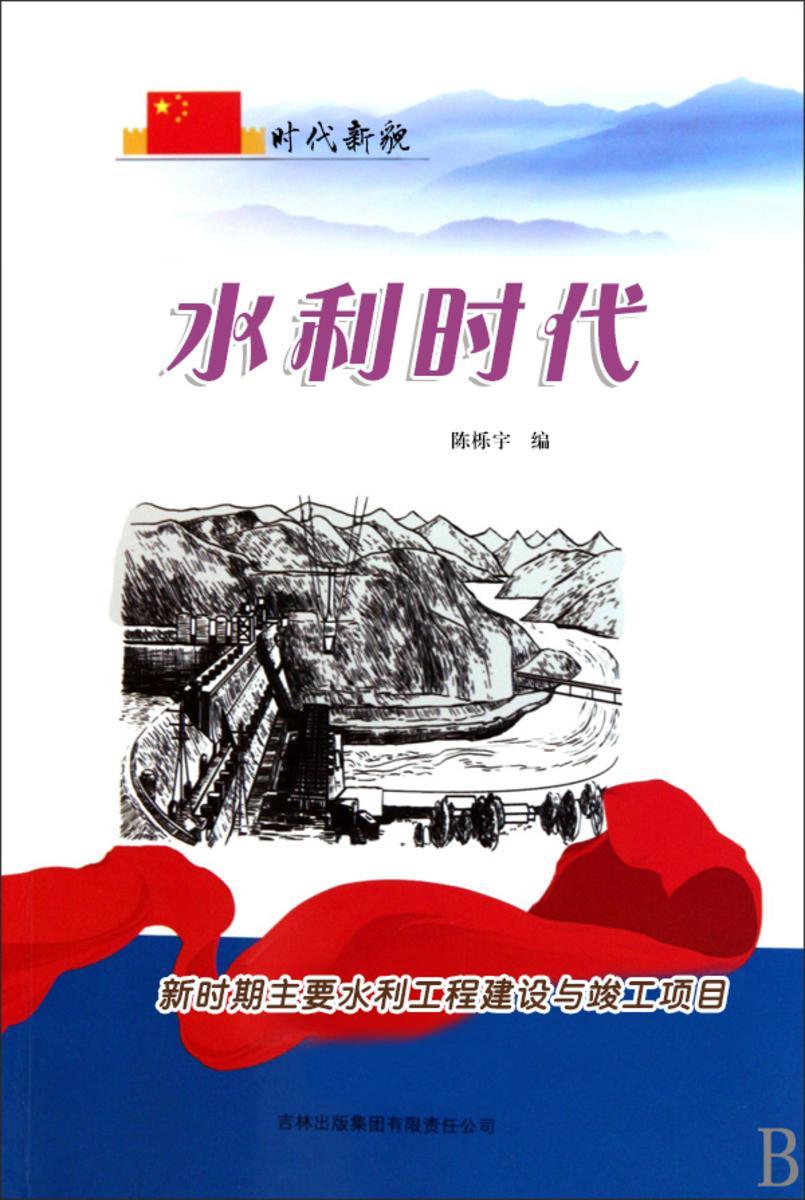
水利时代 —— 新时期主要水利工程建设与竣工项目
¥15.00
1949年,经济重任、中国人民银行被赋予国家银行职能,大义之举、原国民党政府两航起义,建国之本、新中国全面没收官僚资本,民生大计、新中国经济战线的**大战役,冲破封锁、破美国指使台湾对大陆封锁禁运,蛟龙出海、解放军发起厦门战役,浴血海天、金门战役与登步岛之战。

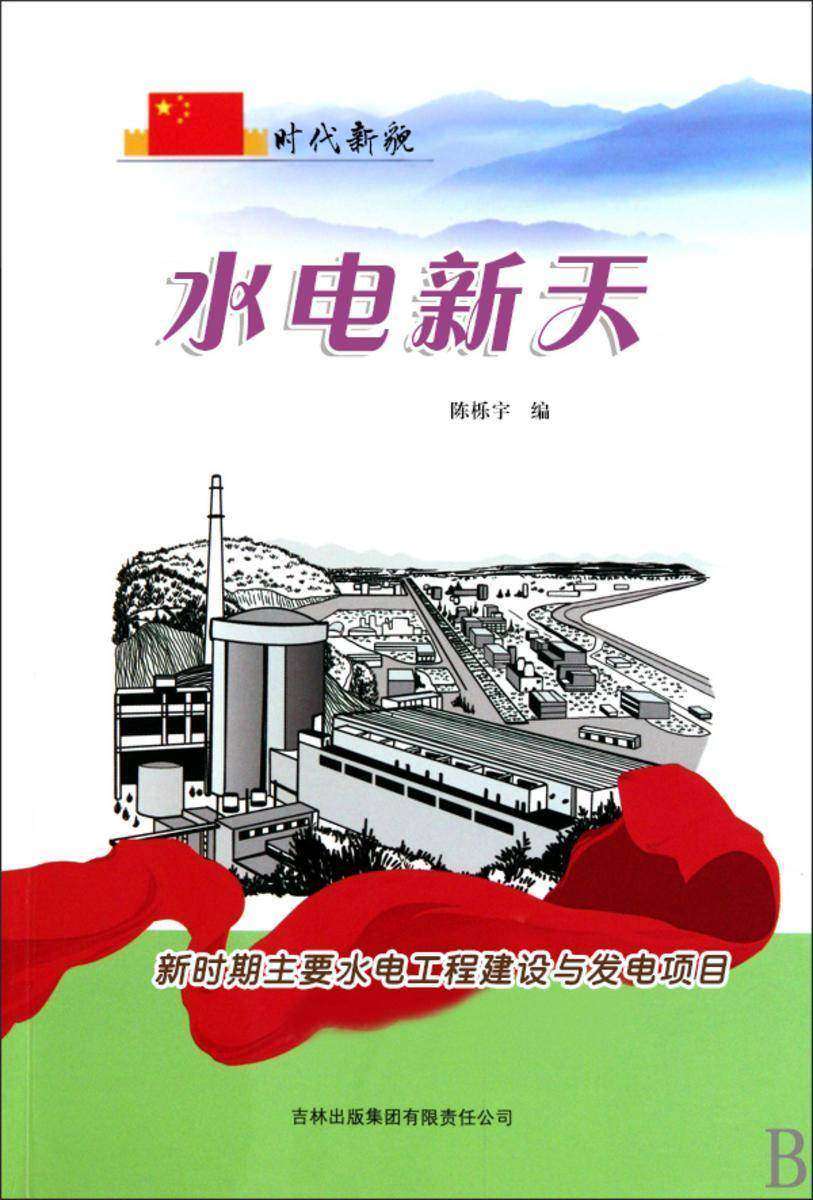
水电新天 —— 新时期主要水电工程建设与发电项目
¥15.00
1949年,经济重任、中国人民银行被赋予国家银行职能,大义之举、原国民党政府两航起义,建国之本、新中国全面没收官僚资本,民生大计、新中国经济战线的**大战役,冲破封锁、破美国指使台湾对大陆封锁禁运,蛟龙出海、解放军发起厦门战役,浴血海天、金门战役与登步岛之战。

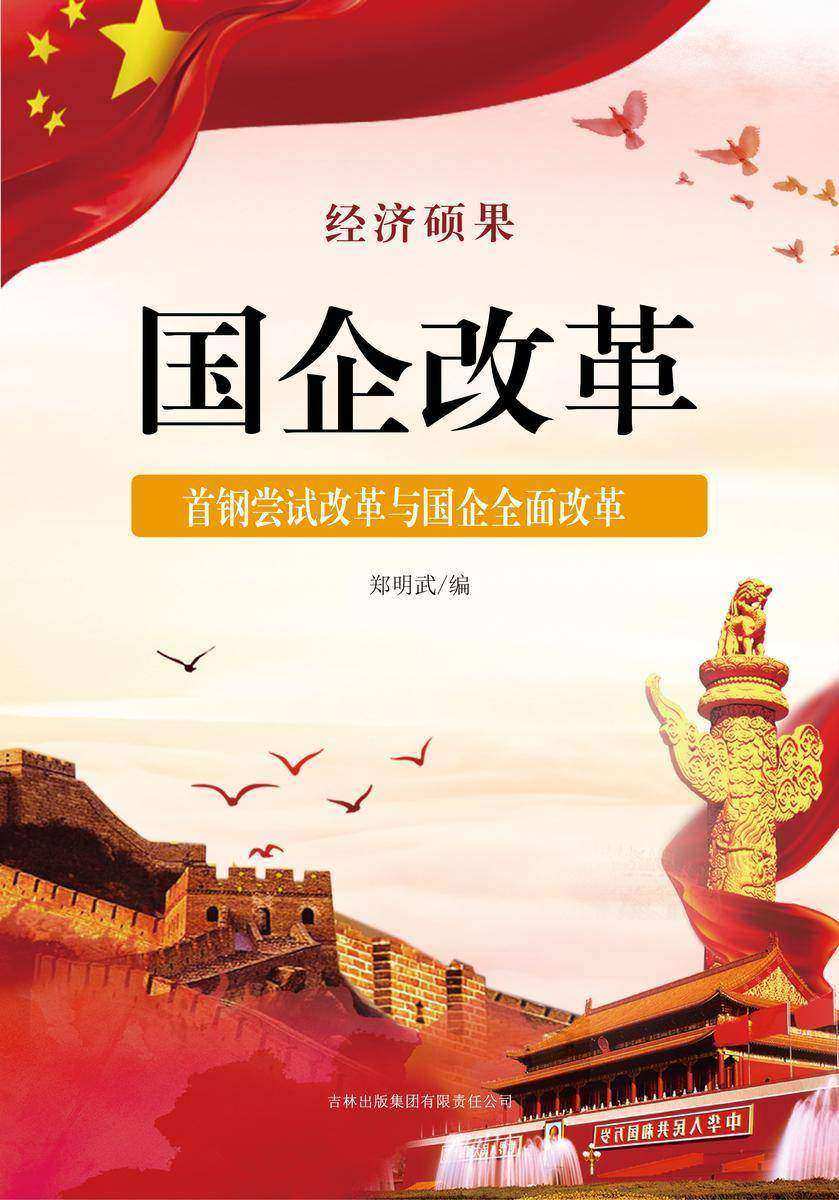
国企改革 —— 首钢尝试改革与国企全面改革
¥15.00
自1949年10月1日中华人民共和国成立至今,新中国已走过了60年的风雨历程。历史是一面镜子,我们可以从多视角、多侧面对其行解读。然而有一是可以肯定的,那就是,半个多世纪以来,在中国共产党的领导下,中国的政治、经济、军事、外交、文化、教育、科技、社会、民生等领域,都发生了深刻的变化,中国人民站起来了,中华民族已屹立于世界民族之林。

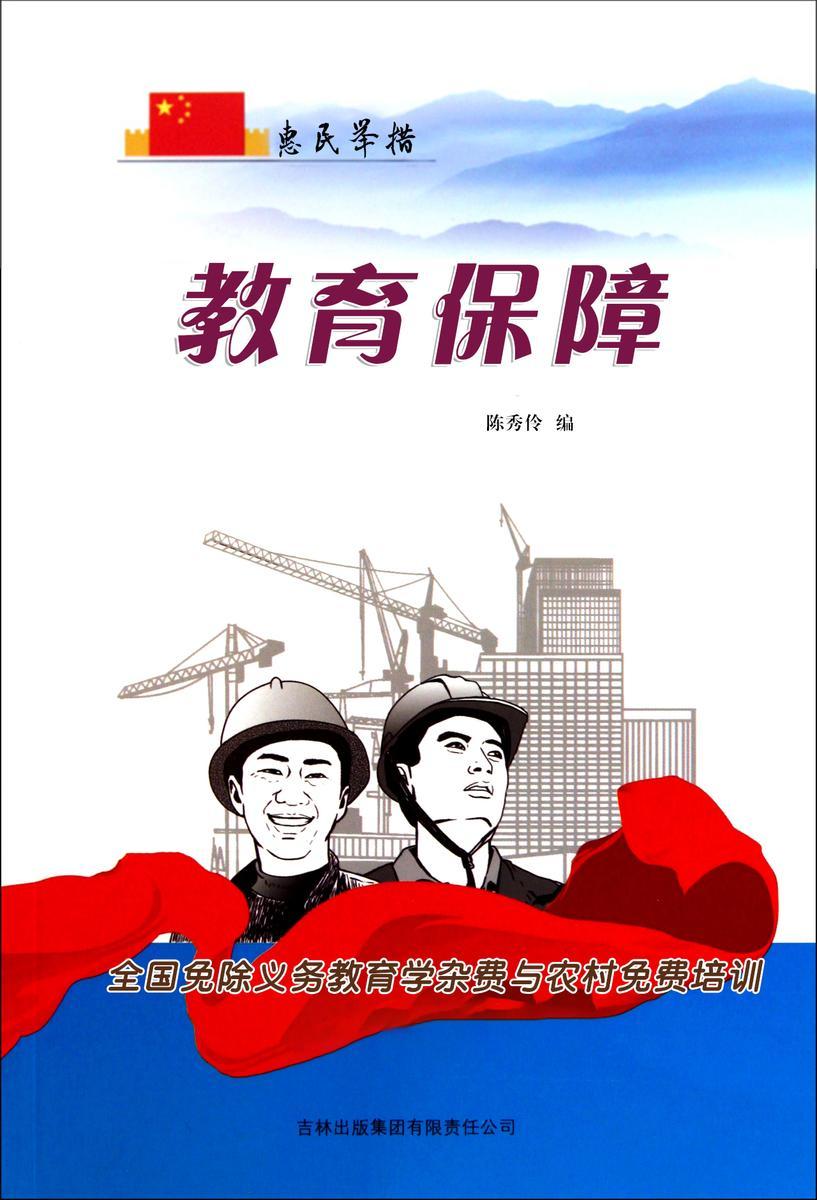
教育保障 —— 全国免除义务教育学杂费与农村免费培训
¥15.00
共和国故事主要讲述建国以后,我们国家六十年来所取得的巨大成就,它从政治、经济、军事、科学、文化等方面加以阐述,《惠民举措:全国积极推动家电下乡政策实施》主要讲述全国积极推动家电下乡政策实施等相关情况。

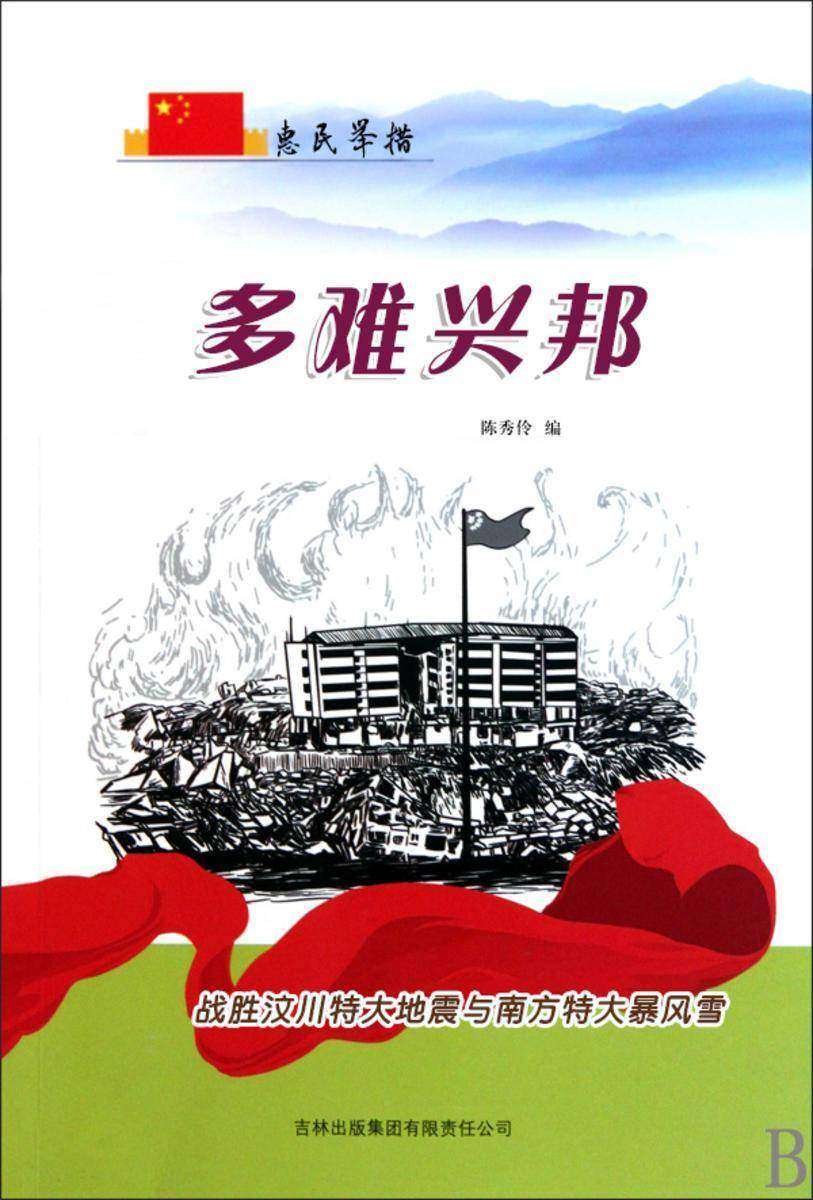
多难兴邦 —— 战胜汶川特大地震与南方特大暴风雪
¥15.00
共和国故事主要讲述建国以后,我们国家六十年来所取得的巨大成就,它从政治、经济、军事、科学、文化等方面加以阐述,《惠民举措:全国积极推动家电下乡政策实施》主要讲述全国积极推动家电下乡政策实施等相关情况。

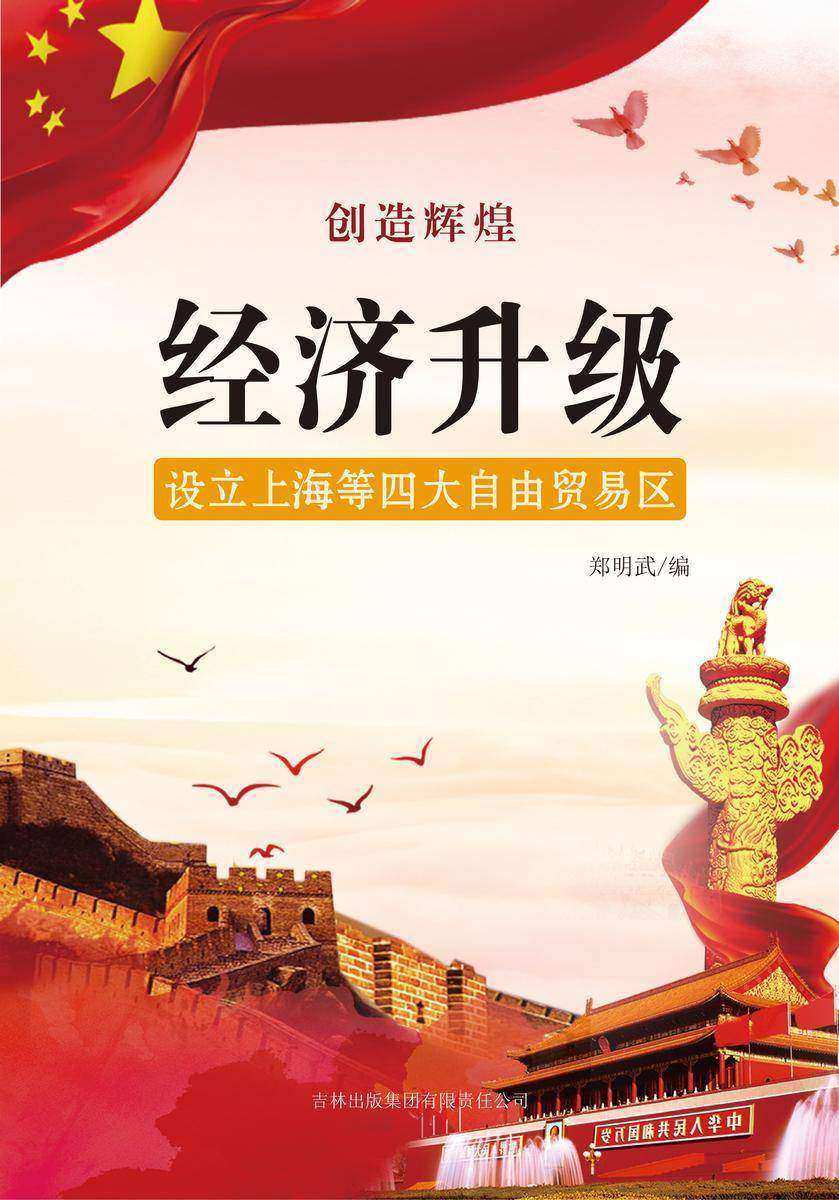
经济升级 —— 设立上海等四大自由贸易区
¥15.00
《创造辉煌:华北油田发与建设》是丛书的分册《创造辉煌》。讲述华北油田发与建设故事,力求为读者提供一个了解这段历史的一个有效的途径。自1949年10月1日中华人民共和国成立至今,新中国已走过了60年的风雨历程。60年的时间在历史的长河中可谓沧海一粟。其间究竟发生了些什么,怎样发生的,过程怎样,结果如何,却非人人都清楚知道的。对此,亲身经历者或可鲜活如昨,但对后来者来说却可能只是一个概念,对某段历史的记忆影像或不存在或是模糊的。基于此,为了让年轻人,特别是青少年永远铭记共和国这段不朽的历史,我们推出了这部反映共和国60年伟大建设实践的大型历史故事丛书《共和国故事》。

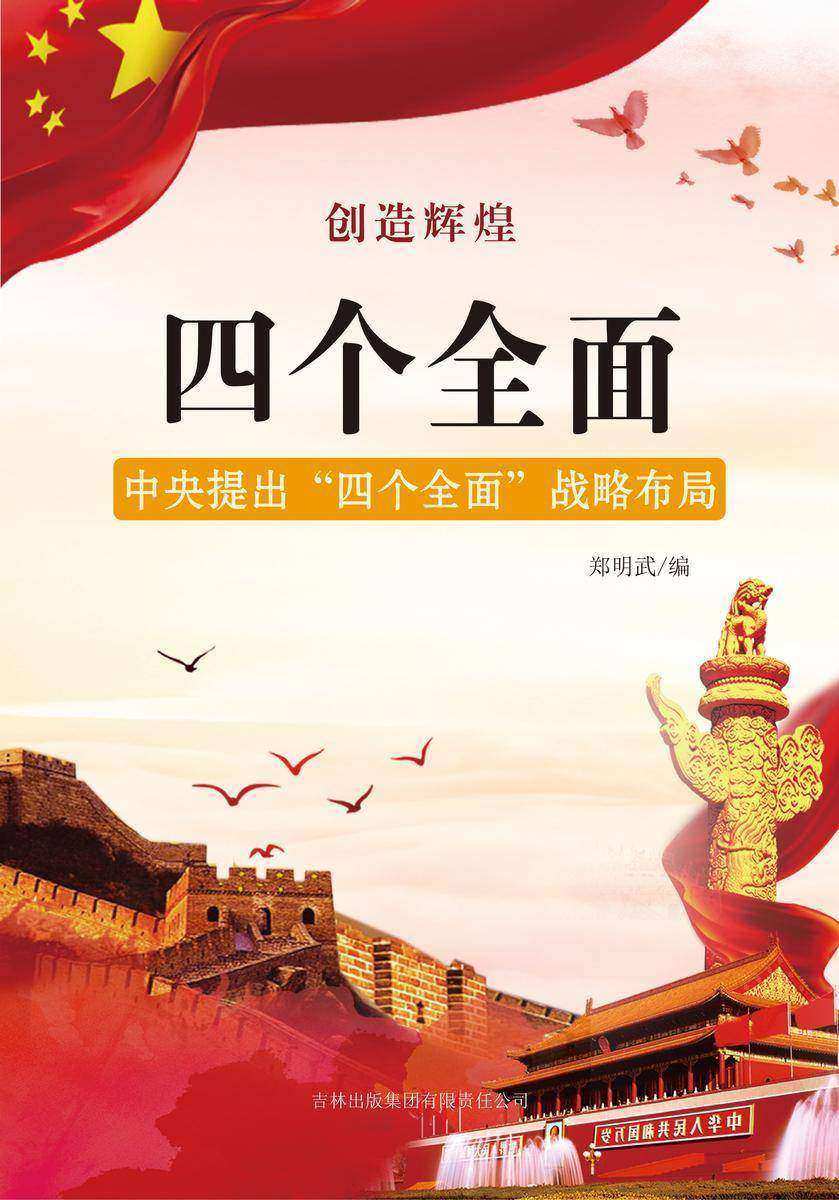
四个全面 —— 中央提出“四个全面”战略布局
¥15.00
《创造辉煌:华北油田发与建设》是丛书的分册《创造辉煌》。讲述华北油田发与建设故事,力求为读者提供一个了解这段历史的一个有效的途径。自1949年10月1日中华人民共和国成立至今,新中国已走过了60年的风雨历程。60年的时间在历史的长河中可谓沧海一粟。其间究竟发生了些什么,怎样发生的,过程怎样,结果如何,却非人人都清楚知道的。对此,亲身经历者或可鲜活如昨,但对后来者来说却可能只是一个概念,对某段历史的记忆影像或不存在或是模糊的。基于此,为了让年轻人,特别是青少年永远铭记共和国这段不朽的历史,我们推出了这部反映共和国60年伟大建设实践的大型历史故事丛书《共和国故事》。

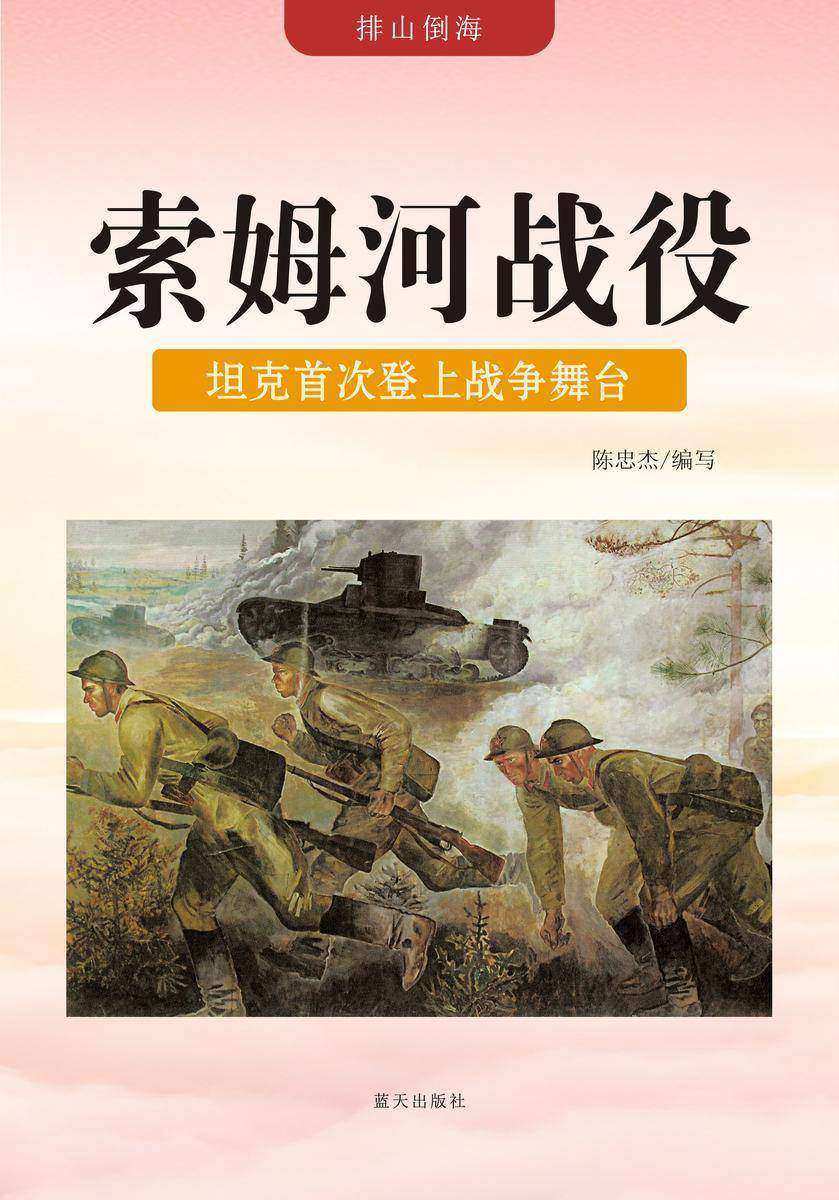
索姆河战役——坦克首次登上战争舞台
¥15.00
本书内容包括了有战前准备:法英筹谋索姆河计划、德军构筑坚固的索姆防线、战役打响:七天炮火开启战役、马克沁机枪锋芒毕露、坦克登场:丘吉尔开启坦克研制之门、陆战之王坦克艰难诞生等内容。

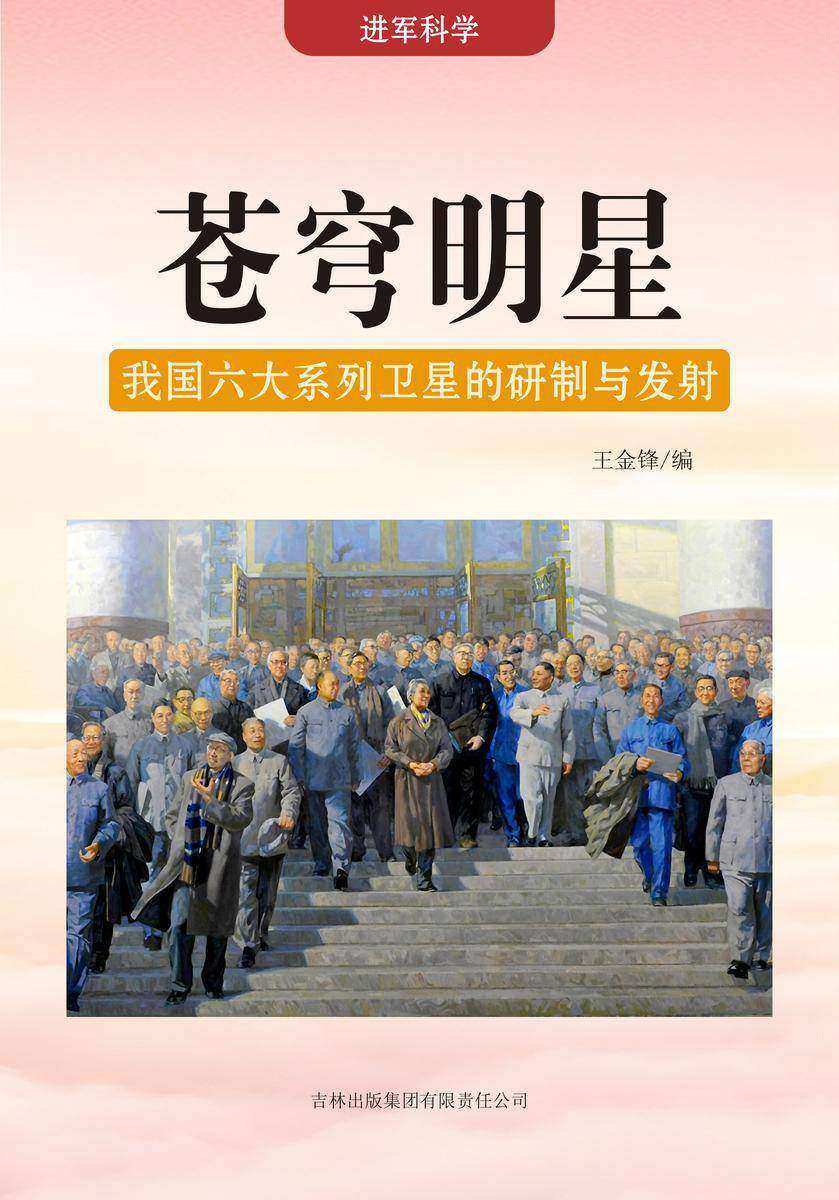
苍穹明星 —— 我国六大系列卫星的研制与发射
¥15.00
自1949年10月1日中华人民共和国成立至今,新中国已定过了60年的风雨历程。历史是一面镜子,我们可以从多视角、多侧面对其行解读。然而有一是可以肯定的,那就是,半个多世纪以来,在中国共产党的领导下,中国的政治、经济、军事、外交、文化、教育、科技、社会、民生等领域,都发生了深刻的变化,中国人民站起来了,中华民族已屹立于世界民族之林。

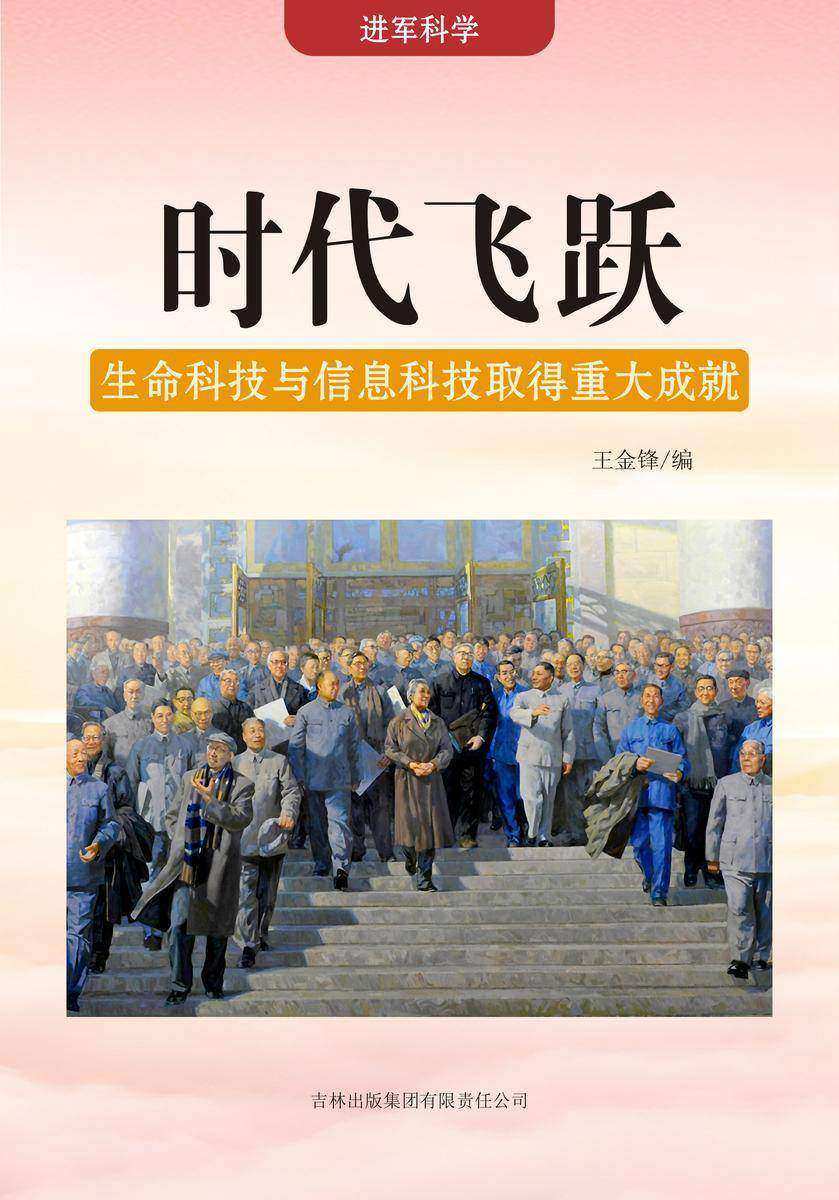
时代飞跃 —— 生命科技与信息科技取得重大成就
¥15.00
自1949年10月1日中华人民共和国成立至今,新中国已定过了60年的风雨历程。历史是一面镜子,我们可以从多视角、多侧面对其行解读。然而有一是可以肯定的,那就是,半个多世纪以来,在中国共产党的领导下,中国的政治、经济、军事、外交、文化、教育、科技、社会、民生等领域,都发生了深刻的变化,中国人民站起来了,中华民族已屹立于世界民族之林。

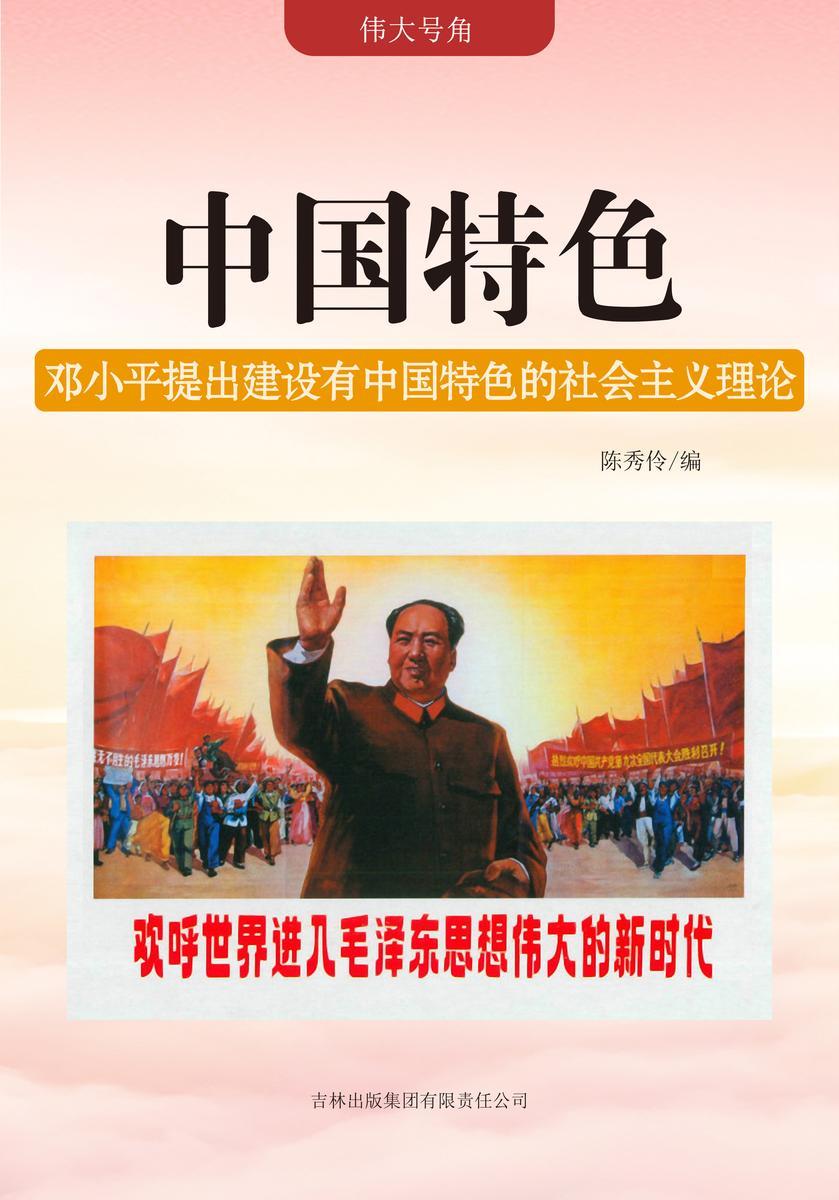
中国特色 —— 邓小平提出建设有中国特色的社会主义理论
¥15.00
《伟大号角(全面建设小康社会奋斗目标正式确立)》主要内容简介:自1949年10月1日中华人民共和国成立至今,新中国已走过了60年的风雨历程。历史是一面镜子,我们可以从多视角、多侧面对其行解读。然而有一是可以肯定的,那就是,半个多世纪以来,在中国共产党的领导下,中国的政治、经济、军事、外交、文化、教育、科技、社会、民生等领域,都发生了深刻的变化,中国人民站起来了,中华民族已屹立于世界民族之林。60年是短暂的,但这60年带给中国的却是极不平凡的。60年的神州大地经历了沧桑巨变。

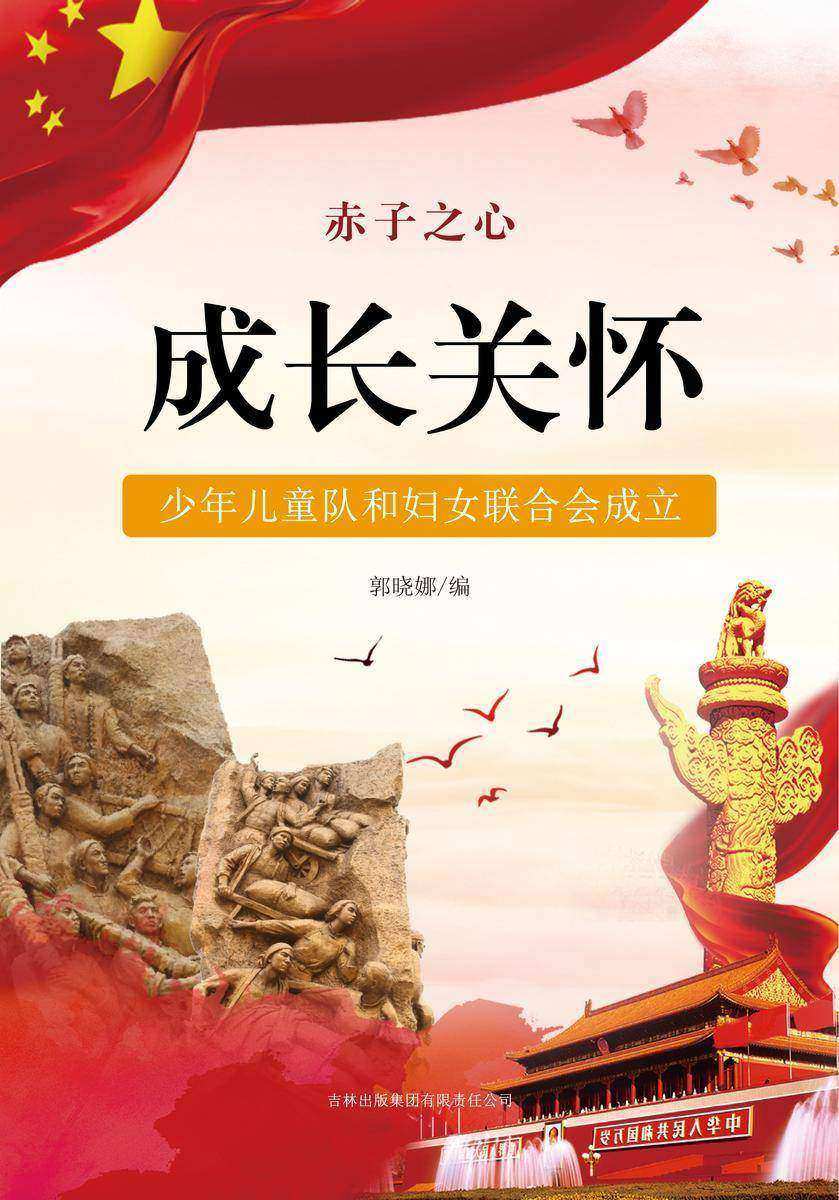
成长关怀 —— 少年儿童队和妇女联合会成立
¥15.00
自1949年10月1曰中华人民共和国成立至今,新中国已走过了60年的风雨历程。历史是一面镜子,我们可以从多视角、多侧面对其行解读。然而有一是可以肯定的,那就是,半个多世纪以来,在中国共产党的领导下,中国的政治、经济、军事、外交、文化、教育、科技、社会、民生等领域,都发生了深刻的变化,中国人民站起来了,中华民族已屹立于世界民族之林。

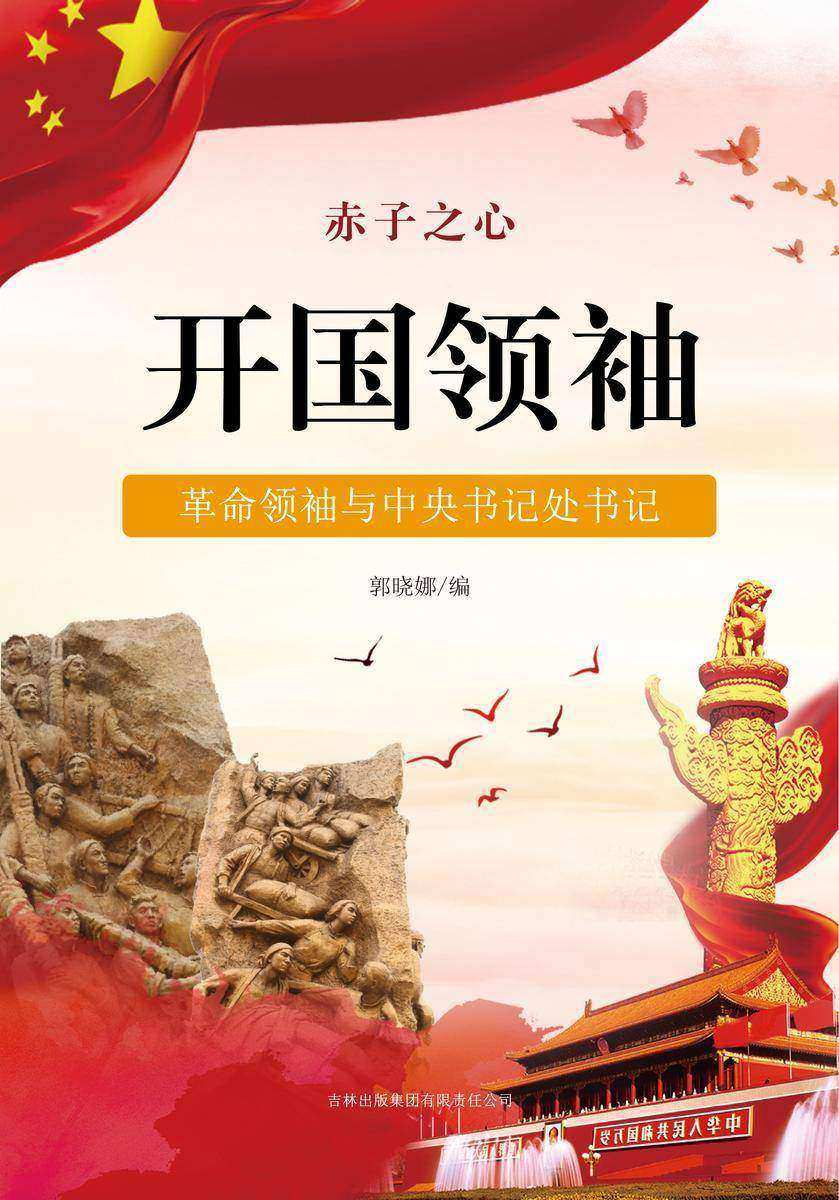
开国领袖 —— 革命领袖与中央书记处书记
¥15.00
自1949年10月1曰中华人民共和国成立至今,新中国已走过了60年的风雨历程。历史是一面镜子,我们可以从多视角、多侧面对其行解读。然而有一是可以肯定的,那就是,半个多世纪以来,在中国共产党的领导下,中国的政治、经济、军事、外交、文化、教育、科技、社会、民生等领域,都发生了深刻的变化,中国人民站起来了,中华民族已屹立于世界民族之林。

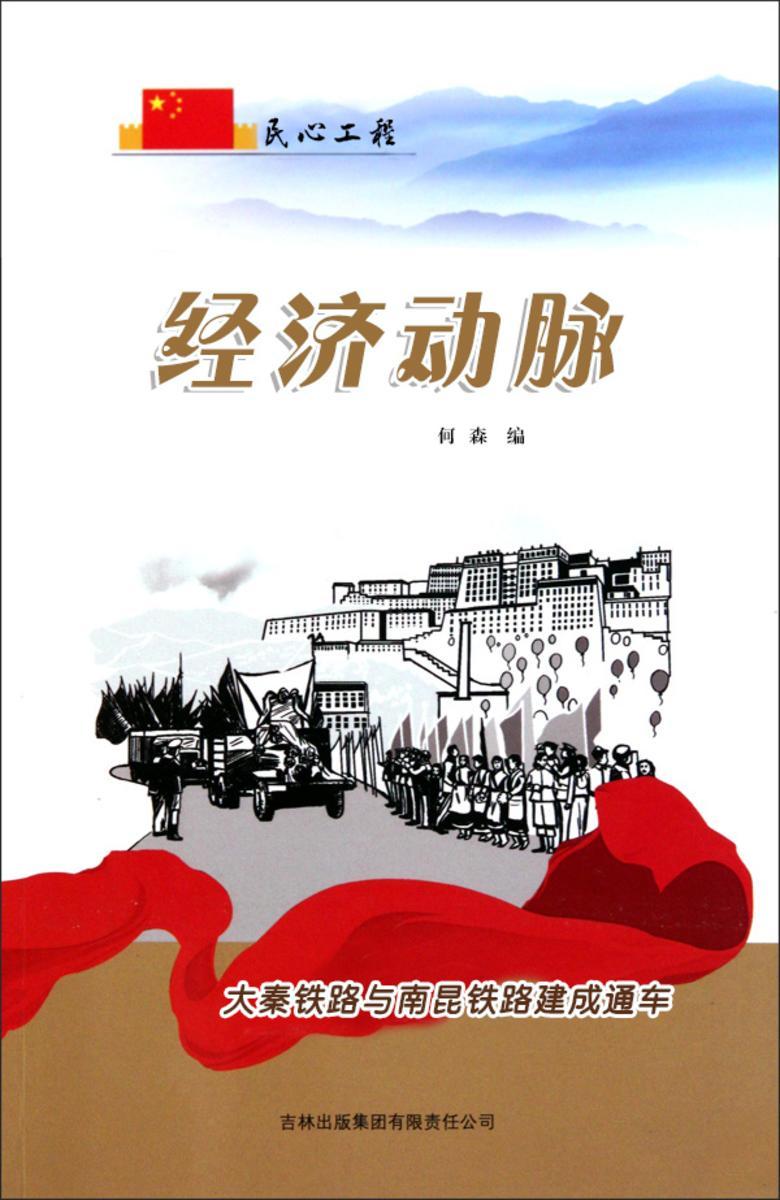
经济动脉 ——大秦铁路与南昆铁路建成通车
¥15.00
共和国故事主要讲述建国以后,我们国家六十年来所取得的巨大成就,它从政治、经济、军事、科学、文化等方面加以阐述,《民心工程:城镇医疗制度改革正式启动》主要讲述城镇医疗制度改革正式启动等相关情况。

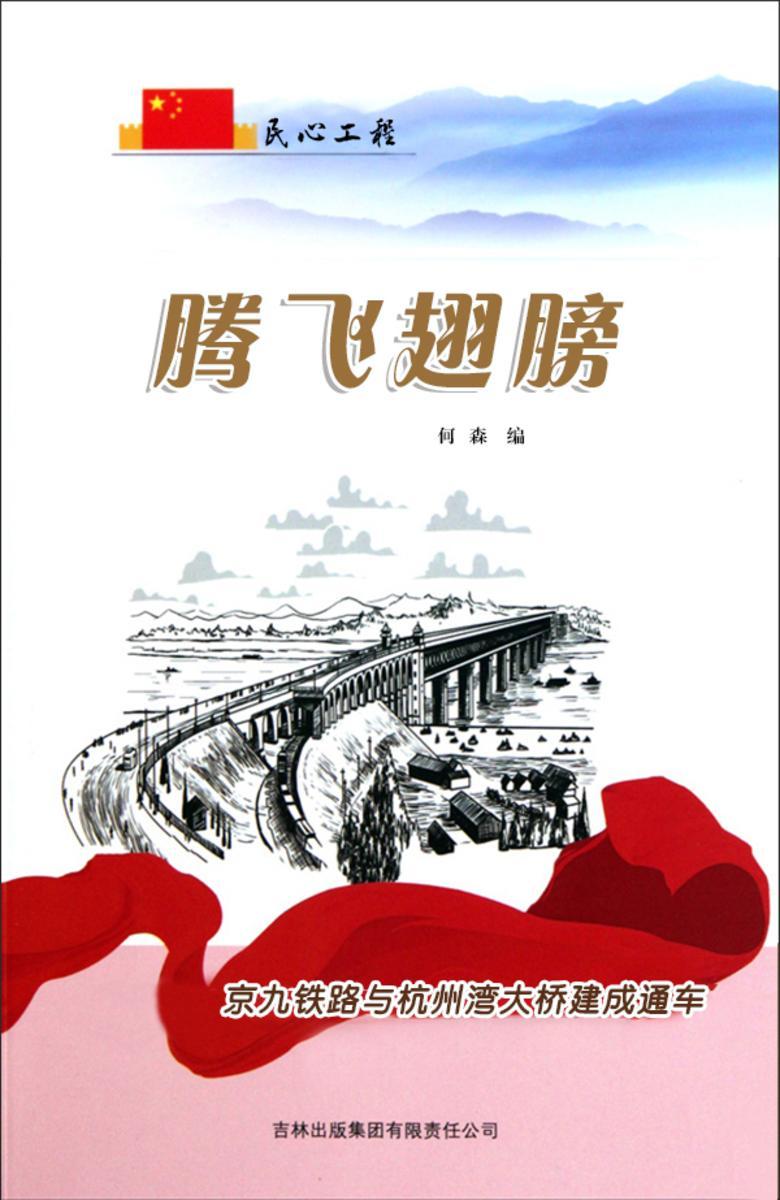
腾飞翅膀 —— 京九铁路与杭州湾大桥建成通车
¥15.00
共和国故事主要讲述建国以后,我们国家六十年来所取得的巨大成就,它从政治、经济、军事、科学、文化等方面加以阐述,《民心工程:城镇医疗制度改革正式启动》主要讲述城镇医疗制度改革正式启动等相关情况。

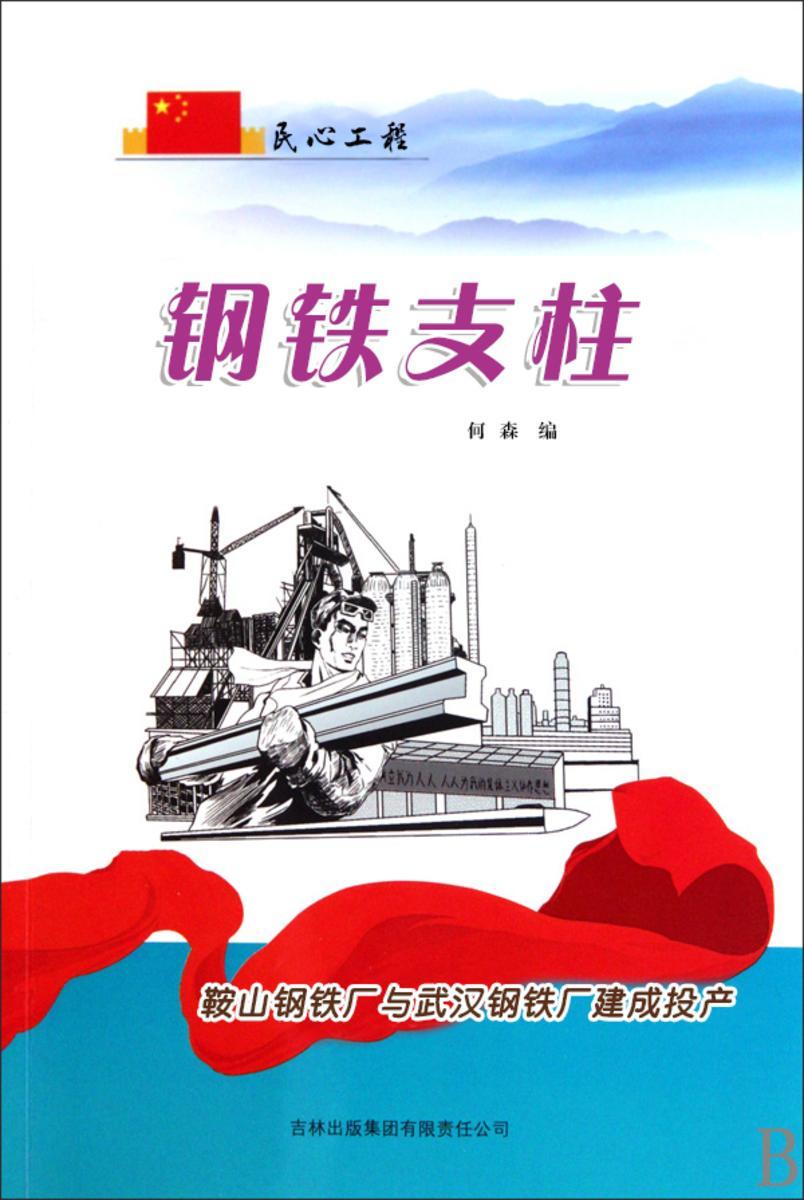
钢铁支柱 —— 鞍山钢铁厂与武汉钢铁厂建成投产
¥15.00
共和国故事主要讲述建国以后,我们国家六十年来所取得的巨大成就,它从政治、经济、军事、科学、文化等方面加以阐述,《民心工程:城镇医疗制度改革正式启动》主要讲述城镇医疗制度改革正式启动等相关情况。

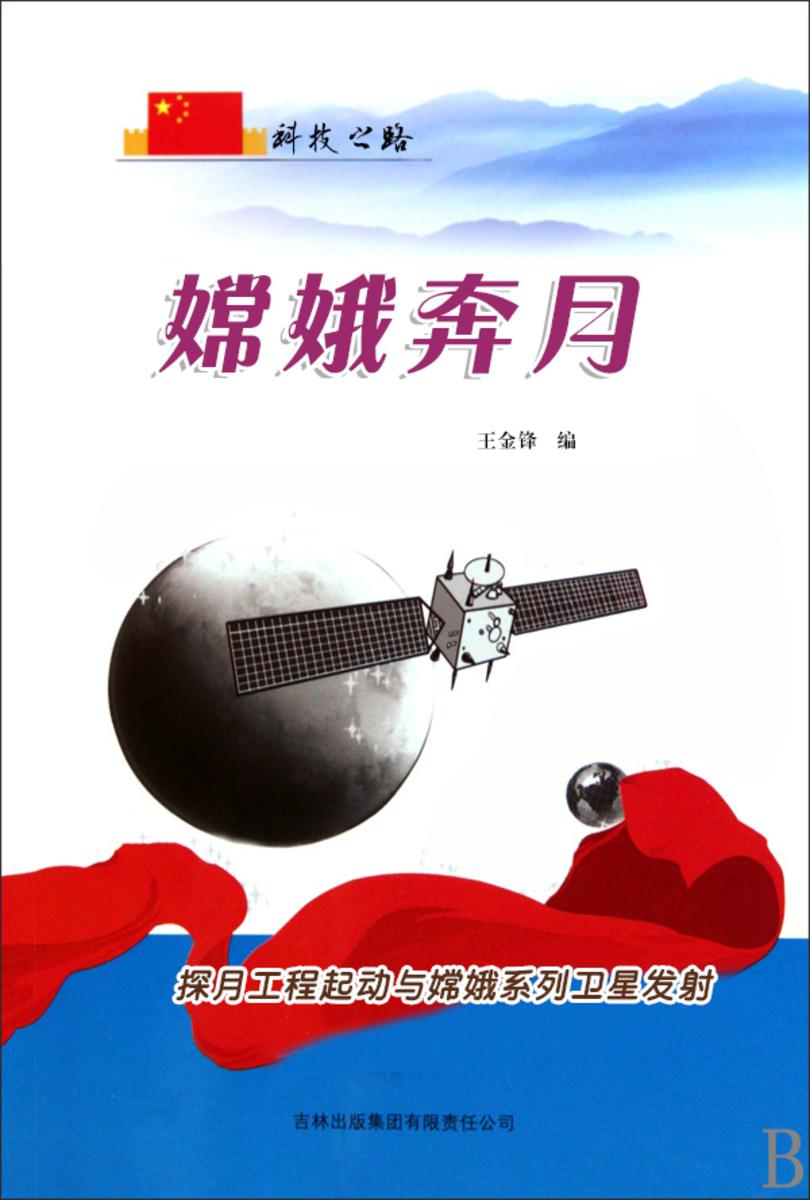
嫦娥奔月 —— 探月工程起动与嫦娥系列卫星发射
¥15.00
自1949年10月1日中华人民共和国成立至今,新中国已走过了60年的风雨历程。历史是一面镜子,我们可以从多视角、多侧面对其行解读。然而有一是可以肯定的,那就是,半个多世纪以来,在中国共产党的领导下,中国的政治、经济、军事、外交、文化、教育、科技、社会、民生等领域,都发生了深刻的变化,中国人民站起来了,中华民族已屹立于世界民族之林。60年是短暂的,但这60年带给中国的却是极不平凡的。60年的神州大地经历了沧桑巨变。

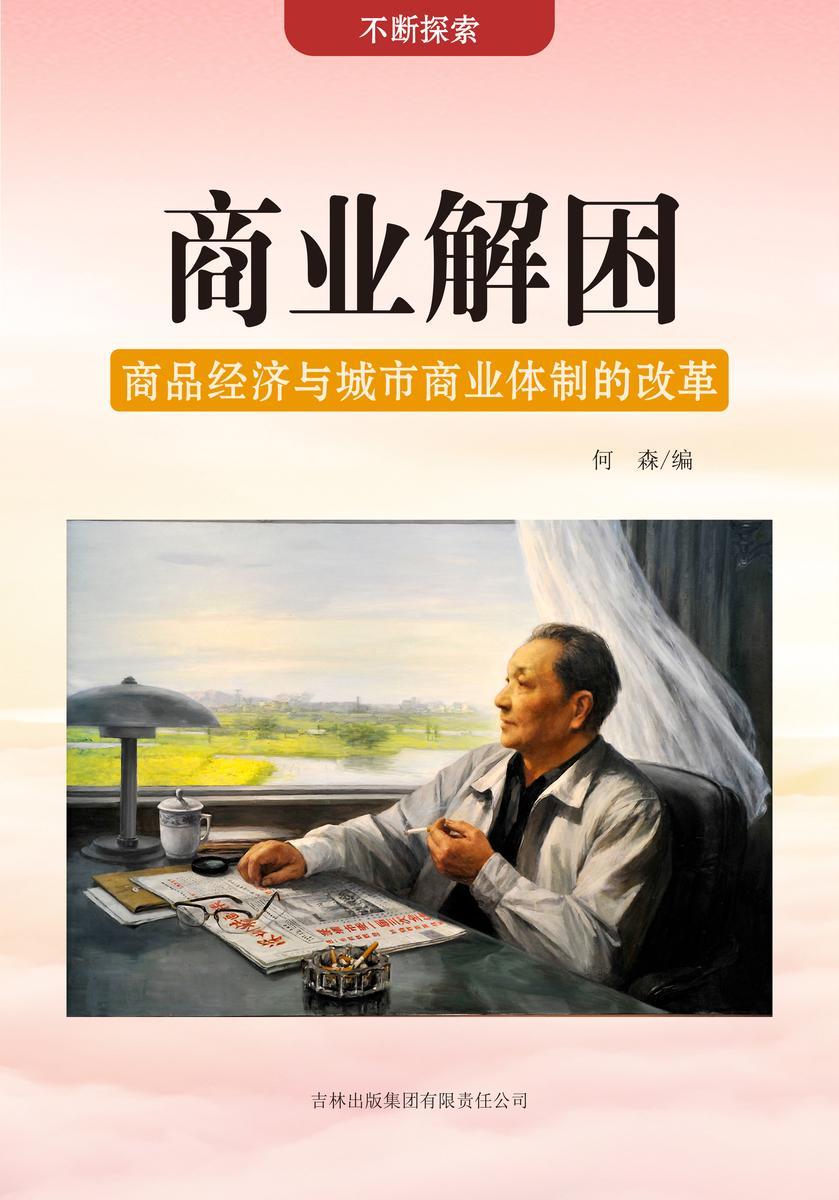
商业解困 —— 商品经济与城市商业体制的改革
¥15.00
共和国故事主要讲述建国以后,我们国家六十年来所取得的巨大成就,它从政治、经济、军事、科学、文化等方面加以阐述,《不断探索:中央对价格体制行改革尝试》主要讲述中央对价格体制行改革尝试等相关情况。




 购物车
购物车 个人中心
个人中心



